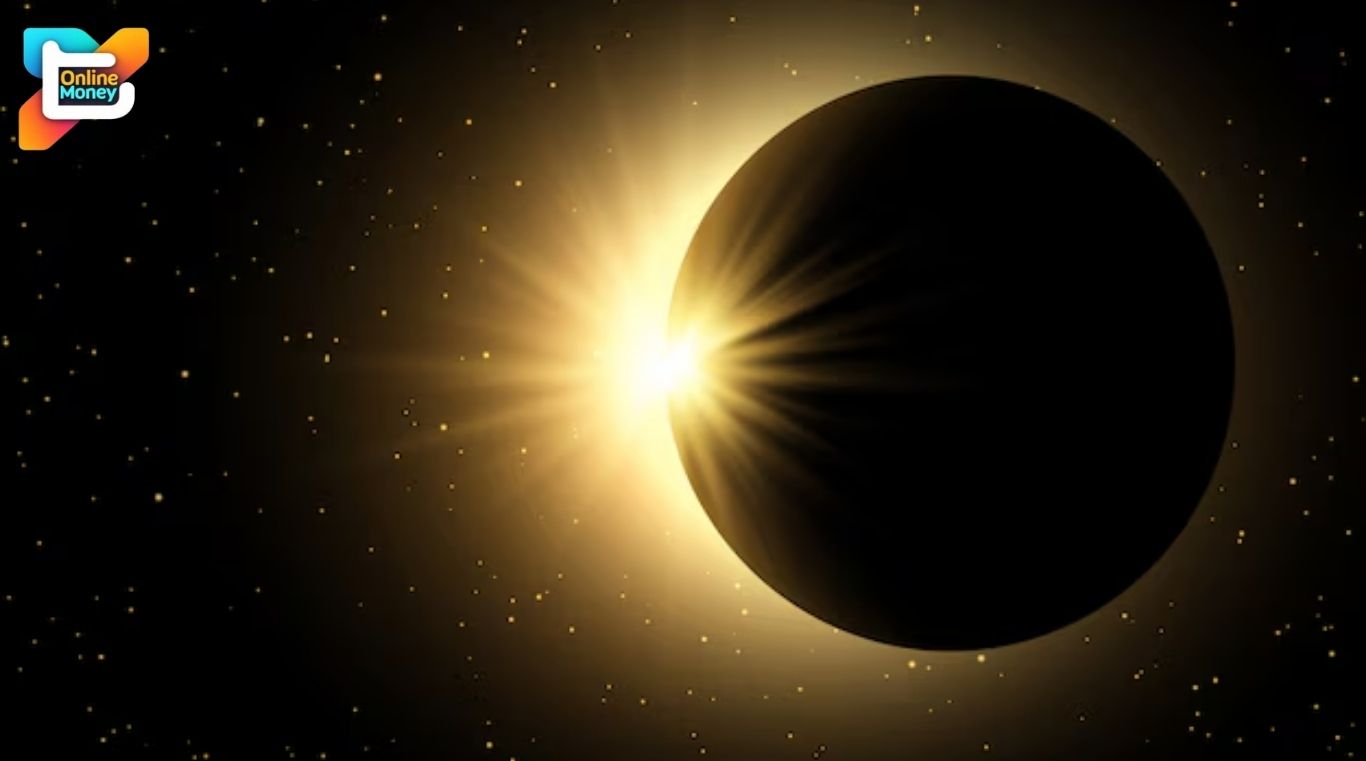The Eclipse Tonight of March 13 or early morning of March 14, 2025, depending on your time zone. The Moon will pass through Earth’s shadow creating a stunning total lunar eclipse. The Moon will take on a reddish orange hue during this event, earning it. The nickname Blood Moon. Here is everything you need to know to enjoy this celestial spectacle.
What Is a Lunar Eclipse?
A lunar Eclipse tonight happens when the sun, Earth and Moon are perfectly aligned with Earth positioned directly between the Sun and Moon. The Moon moves into Earth’s shadow, it darkens and during a total eclipse take on a reddish colour. The Moon enters the darkest part of Earth’s shadow called the umbra. The red orange glow is caused by sunlight filtering through the Earth Eclipse atmosphere, similar to how sunsets appear red.

How to Watch the Eclipse?
The best part about a lunar Eclipse tonight is that you do not need any special equipment to enjoy it. Simply step outside and look up however, binoculars or a telescope can enhance. The view allowing you to see more details on the Moon surface. For the best experience find a spot away from bright city lights where the sky is dark and clear.
This eclipse tonight will be visible from the Western Hemisphere including the Americas. A map provided by NASA shows the regions where the eclipse tonight can be observed. The event began around 06:26 UTC (2:26 a.m. EDT or 11:26 p.m. PDT on March 13).
What to Expect During the Eclipse?
The lunar eclipse tonight will unfold in several stages each offering a unique view:
1. Penumbral Eclipse Begins (8:57 p.m. PDT):
The Moon enter Earth outer shadow called the penumbra. The Moon will begin to dim slightly but this change is subtle and may be hard to notice.
2. Partial Eclipse Begins (10:09 pm PDT):
The Moon starts moving into earth darker inner shadow the umbra. As the umbra cover part of the Moon it will look like a dark bite is being taken out of the lunar disk.
3. Totality Begins (11:26 pm PDT):
The entire Moon is now within the umbra turning a striking coppery red. This is the most dramatic phase of the eclipse. If you have binocular or a telescope. This is the perfect time to use them. For photographer a tripod and long exposure setting can capture the Moon reddish glow.
4. Totality Ends (12:31 am PDT):
The Moon begin to move out of the umbra and the red color fade. The dark bite will now appear on the opposite side of the Moon.
5. Partial Eclipse Ends (1:47 am PDT):
The Moon is fully out of the umbra but still in the penumbra. The dimming effect remains subtle.
6. Penumbral Eclipse Tonight Ends (3:00 am PDT):
The eclipse concludes as the Moon leaves Earth’s shadow entirely.
Why Does the Moon Turn Red?
The reddish color of the Moon during a total lunar eclipse tonight. The same phenomenon that makes sunsets and sunrises red. Sunlight contains all the colors of the rainbow but as it passes through earth atmosphere blue light scatters more easily while red light travels more directly. During a lunar eclipse the only sunlight reachin. The Moon has been filtered through Earth atmosphere casting a reddish glow on the lunar surface. It like seeing all the world sunrises and sunset reflected on the Moon at once.
Other Celestial Sights to Watch
While the eclipse is the main event the night sky will offer other treats for stargazer. Look to the western sky to spot the planet Jupiter and Mar shining brightly. The Moon will be in the constellation Leo at the start of the eclipse and will move into Virgo. With the Moon’s brightness dimmed by Earth shadow fainter star and constellation may also become more visible.
Final Thoughts
A total lunar eclipse is a breathtaking reminder of the beauty and precision of our solar system. Whether your an avid stargazer or just curious this event is worth stepping outside to witness. Mark your calendar for March 13-14-2025 and prepare to be amazed by the sight of the blood moon glowing in the night sky.
So grab a blanket find a cozy spot and enjoy the show—it a celestial experience you won’t want to miss.
